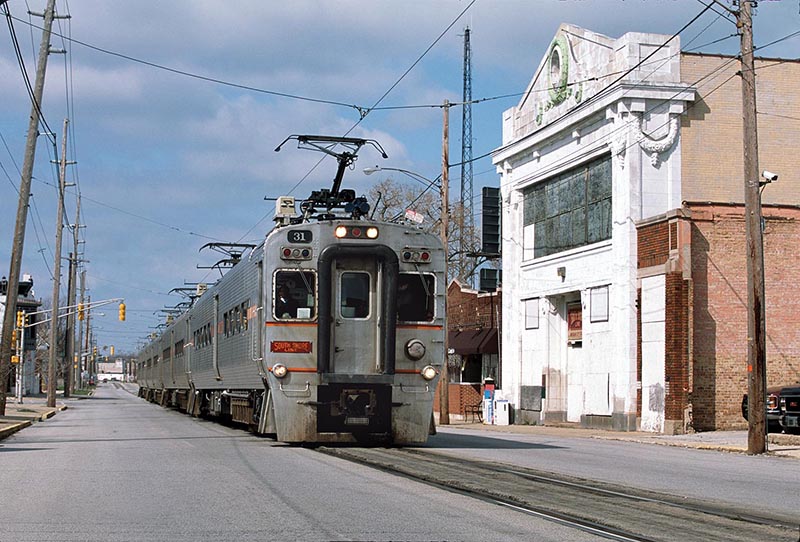DYNAMIC testing has started on the first locomotive in Britain’s principal freight fleet to be retrofitted with ETCS. Work started last year on the installation of in-cab signalling equipment in a quarter-of-a-century-old EMD-built class 66 diesel locomotive.
The Trainguard 200 equipment, designed by Siemens Mobility, was fitted to the locomotive at Progress Rail’s depot in Doncaster. After successful static testing, the locomotive has now moved to the test track at Network Rail’s Rail Innovation and Development Centre (RIDC) in Melton Mowbray, central Britain.
The class 66, currently operated by DB Cargo, was chosen as it is the most ubiquitous type of freight locomotive operating on the British network – more than 500 of the locomotives were built. DB Cargo is one of several freight operators who are collaborating on the East Coast Digital Programme (ECDP).
This project is progressively introducing ETCS on the East Coast Main Line (ECML), one of Britains major north-south rail routes and is a testbed for digital signalling in the country.
After successful completion of tests at RIDC, the class 66 will accumulate 8000km of fault-free running before going through the regulatory approval process that will allow the equipment to be fitted to all class 66 and 67 locomotives operating on ETCS-controlled lines in Britain.
“The class 66 project has required innovation, tenacity and perseverance to get to this point,” says Mr Ed Akers, Network Rail’s principal sponsor, ECDP. “I pay tribute to the hard work of all those involved – the industry-wide collaboration involved is providing a strong foundation for the ongoing process of freight ETCS fitment”.
“The retrofitting will transform the everyday for freight users, as well as delivering wider societal and community benefits afforded by digital signalling,” says Mr Rob Morris, joint CEO of Siemens Mobility UK.
The post Dynamic testing starts on British ETCS-retrofit locomotive appeared first on International Railway Journal.

